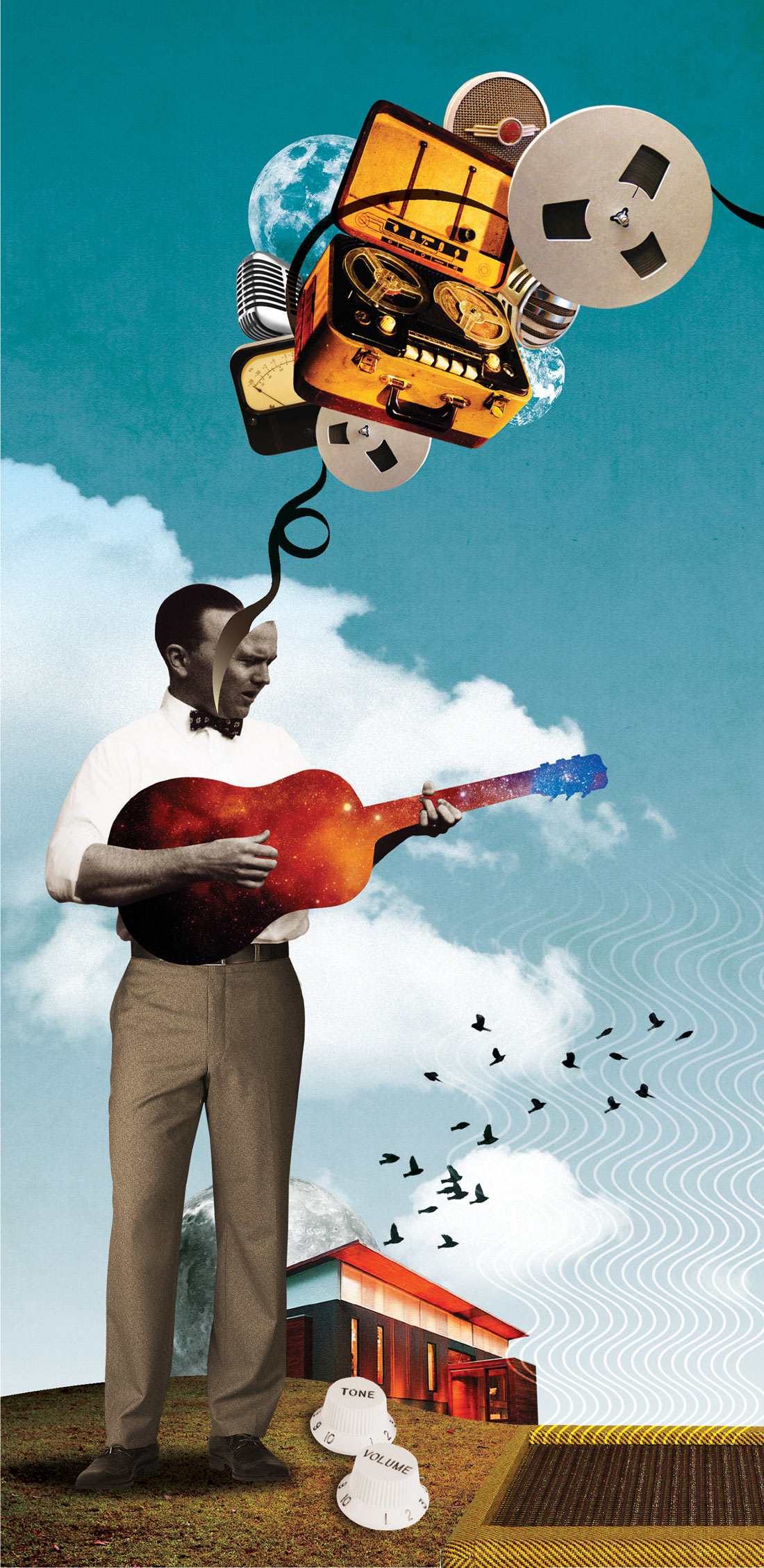While Tape Op is a magazine about music recording, I can't help but notice the parallels between great albums and movies made outside of the major music and film industries and their respective "machines." Beasts of the Southern Wild is one of the best films I've seen in several years. In my mind it stands next to, and completes, a triptych of brilliant indie pictures which include Spike Jonze's Where the Wild Things Are and Another Earth by director/writer Mike Cahill and writer/actor Brit Marling. These offerings are ones with singular visual identities and strong musical ideas made by a dedicated and small group of people who manage to come together to make beautiful and timeless pieces of art. Both of these films struck me with their unique looks and strong musical identities; and when I encountered the first few minutes of Beasts of the Southern Wild I immediately felt the same singular sense of immersive visual, sonic and narrative vision.
The score for Beasts... was co-composed by the film's director, Benh Zeitlin, and is an impressive musical work that stands on its own. At times it evokes the minimal soundtracks of Philip Glass. But, as the story is set in southern Louisiana, it also throws in elements of Cajun music and soaring melodies from a brass section. It almost shouldn't work, but it does so perfectly. This is a beautiful, soulful movie (and score) that is well worth seeking out.
After viewing the film and downloading the soundtrack (now released on vinyl) I got a chance to talk with Zeitlin, along with arranger, musical producer, and co-composer Dan Romer, and got a glimpse into their working methods.
The director started the process with 30 to 40 different ideas for themes he'd already written for his movie. "Dan jumped off these and wrote additional melodies and themes. In the end it turned out to be a 50/50 split," Zeitlin explains. The pair wrote the score in five days. Beasts... is the third film they've worked on together, having scored Zeitlin's first two short movies; but this is the first feature length piece for them both. Benh goes on to discuss their working relationship, "Dan has an unbelievable fluency with arranging. He's able to translate emotions in subtle ways and is really great with chord voicings." Talking with Dan, I was able to find out more about how the score was recorded. Everything was done in Dan's Brooklyn apartment, known as Drawing Number One. First they made a temp score using Native Instruments Kontakt and Pro Tools HD. "I used the pencil tool and wrote the score directly into Pro Tools' MIDI window instead of using a keyboard," Dan explained. From there they replaced the samples with real instruments, one musician and one track at a time. To give an example of this process, the string parts took 35 hours to record. A BAE 1073 preamp/EQ into a Burl B2 Bomber ADC was the primary signal path for all of the recordings. A Pearlman TM-1 mic was used for the string recordings, a Royer R-121 for horns and percussion, and a pair of Mojave MA-200s was used for the room ambience. Dan related that, due to the small size of the recording room, he had to come up with a few tricks to overcome the space. "I used the Waves Renaissance DeEsser (along with a transient modulator and parallel compression) on the strings, which really helped with the reflections from the low ceilings in a way that I couldn't get with EQ." He also treated the percussion tracks with a SoundToys Decapitator plug-in. Dan used a Dangerous D-Box to sum the mix for the soundtrack album and to create stems for the score. The final 5.1 mix for release was done at Skywalker Ranch and Dig It Audio in NYC. -JB




_disp_horizontal_bw.jpg)